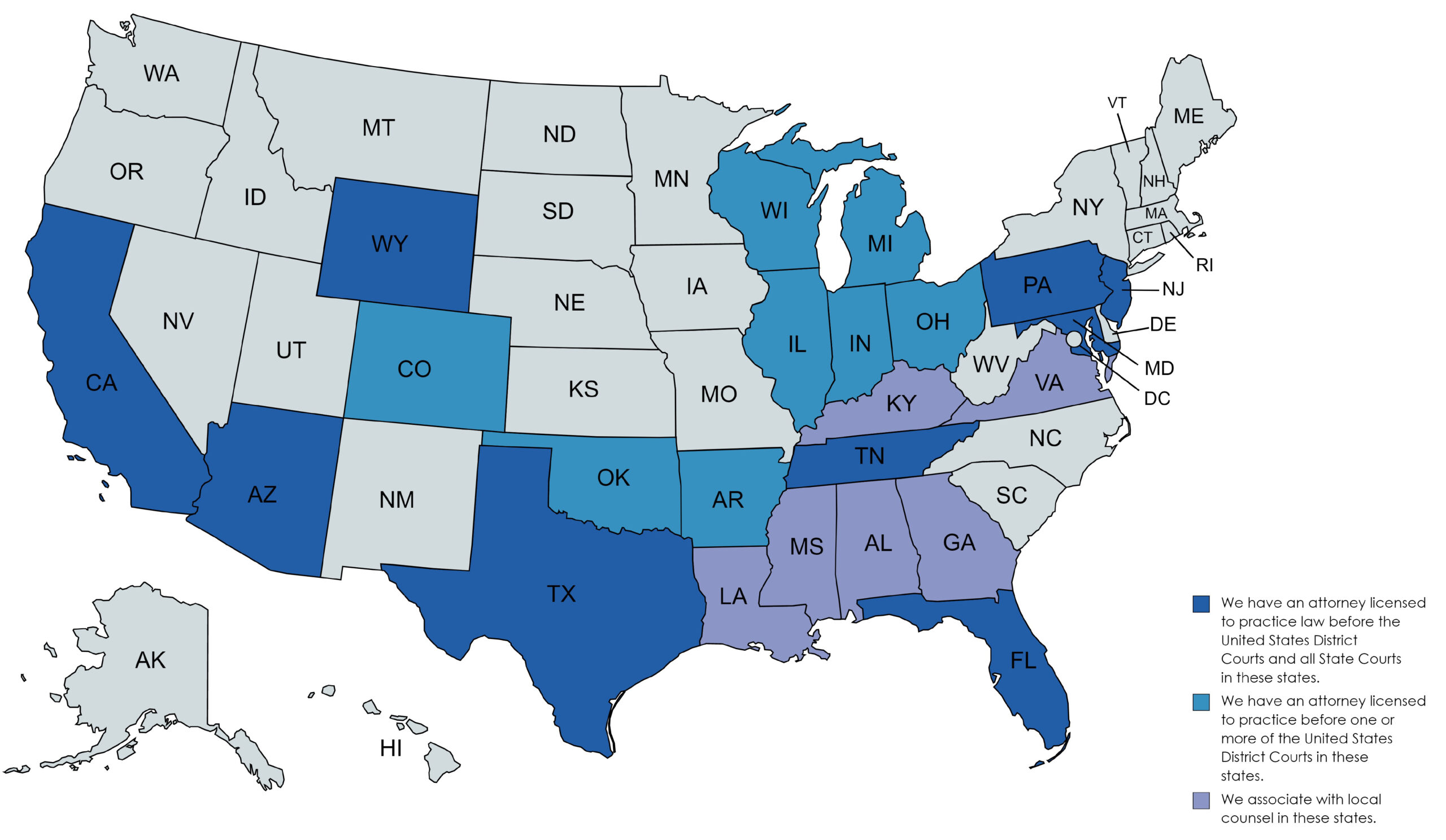Credit Error Dispute Guide for Consumers
Free Consultation Available
No Upfront Costs
Why this matters
An error on your credit report can cost you money in higher interest rates, cause you to be denied for loans or housing, or even affect job opportunities. The Fair Credit Reporting Act (FCRA) gives you the right to have accurate, complete, and timely information in your credit files.
Step 1: Get your credit reports
-
Request free reports from AnnualCreditReport.com — the only official site mandated by law.
-
Pull reports from Equifax, Experian, and TransUnion.
-
Also check specialty reports (tenant screening, employment background checks, check verification, etc.) through the Consumer Financial Protection Bureau’s list.
Step 2: Identify errors
Look for:
-
Accounts you don’t recognize (possible identity theft or mixed file)
-
Incorrect balances or limits
-
Late payments you actually made on time
-
Debts listed twice
-
Outdated negative information (generally older than 7 years, bankruptcies older than 10)
-
Credit inquiries you didn’t authorize
Step 3: Gather your evidence
Collect:
-
Statements showing the correct information
-
Payment confirmations
-
Letters or emails from creditors
-
Police or FTC identity theft reports (if applicable)
Step 4: Dispute in writing
-
Send a dispute letter to each credit bureau reporting the error.
-
Include:
-
Your identifying information (full name, address, date of birth, last 4 digits of SSN)
-
The account name/number in dispute
-
Why the information is wrong
-
Copies (never originals) of supporting documents
-
-
Keep a copy of your letter and proof of delivery.
Sample Letter Outline
Subject: FCRA Dispute – [Your Name]
I am writing to dispute the following information in my credit file:
[Creditor Name], Account #XXXX – This account shows a 60-day late payment in March 2024, but my bank records show payment was made on time.
Enclosed are copies of [describe documents].
Please investigate under 15 U.S.C. § 1681i and correct or delete this information.Sincerely,
[Your Name & Signature]
Step 5: Wait for the investigation
-
The bureau must investigate within 30 days (45 if you send more documents during the process).
-
They must send you results in writing and a free copy of your updated report.
Step 6: Review results
-
If the error is corrected — great!
-
If it remains and you disagree:
-
Add a statement of dispute to your file
-
File a complaint with the Consumer Financial Protection Bureau (CFPB)
-
Contact an attorney experienced in FCRA cases
-
Step 7: Understand your legal options
If the bureau or creditor fails to investigate properly, keeps reporting false information, or accesses your credit without permission, you may have the right to sue. Remedies can include:
-
Correction of the error
-
Actual damages (financial loss, emotional distress)
-
Statutory damages for willful violations
-
Attorney’s fees and costs
Tips for success
-
Dispute with each bureau separately — they don’t share disputes.
-
Be clear, concise, and factual — avoid emotional language.
-
Keep a dispute log with dates, letters, and responses.
-
Always send by certified mail with return receipt.
Need help?
If your dispute hits a dead end or you believe your FCRA rights have been violated, a consumer protection attorney can review your case and explain your options.



